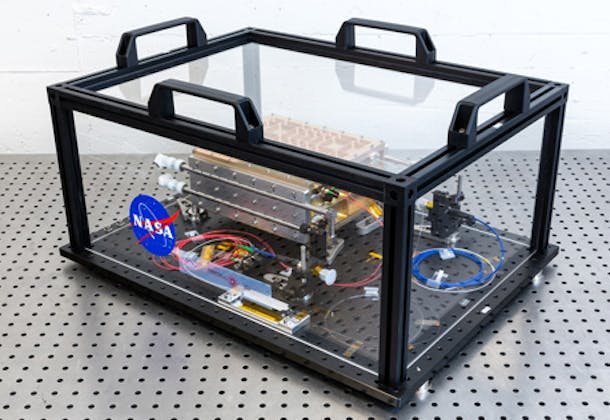New miniature atomic watches will soon hit the market
The EU-funded macQsimal project, coordinated by CSEM as part of the EU’s FET Flagship on Quantum Technologies program, has now drawn to a close, after leading to some promising discoveries. For instance, engineers developed a new kind of miniature atomic watch that will soon hit the market. macQsimal was launched in 2018 to explore how quantum properties can be used to develop sensors with unprecedented precision and sensitivity, and to help establish a high-performance European industry in this field. The project’s closing ceremony was held at the University of Neuchâtel (UniNE), a key project consortium member, on 20–21 June through a symposium open to the public and an event held as part of the university’s Temps, Sciences et Société (Time, Science, and Society) conference series.



